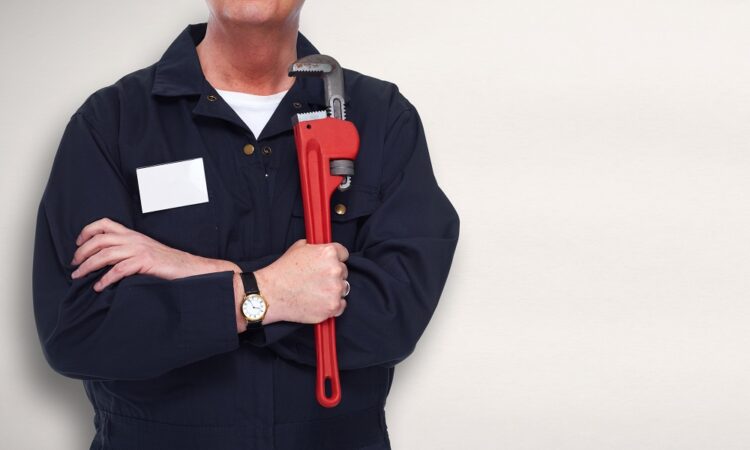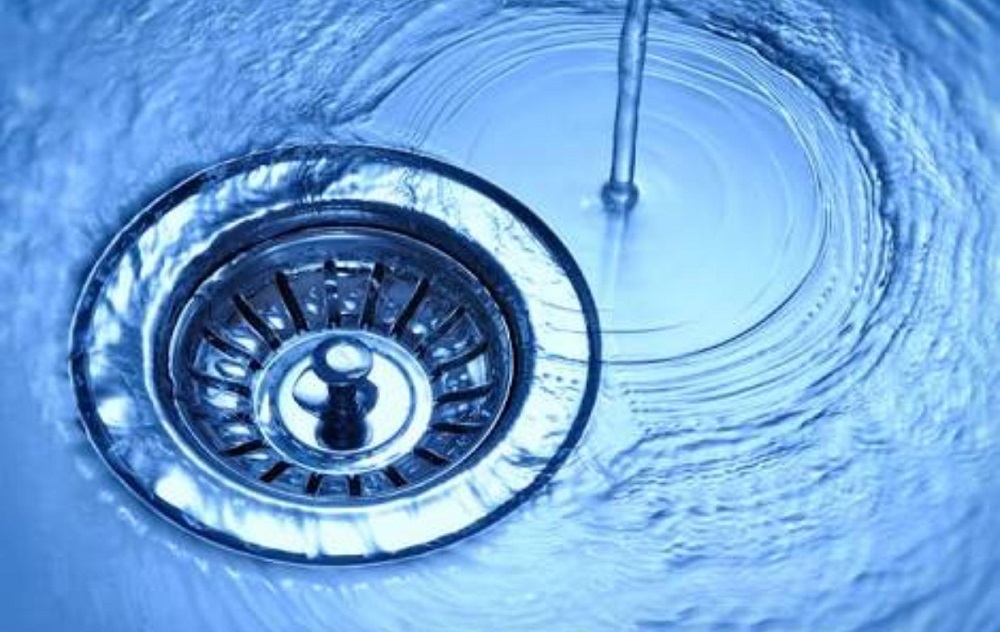
Plumbing codes exist to ensure that your home’s plumbing system is safe and functions properly. Whether you’re remodeling, repairing, or installing new plumbing, it’s essential to follow local plumbing codes.
But what happens when these codes are ignored?
You could face costly repairs, safety hazards, or even fines. Let’s take a look at some of the most common plumbing code violations and why they matter.
1. Using Improper Materials
Did you know that plumbing codes specify what materials should be used for different parts of your plumbing system? Some homeowners or unlicensed contractors unknowingly use the wrong type of piping, such as corrugated pipes instead of PVC or cast iron. Using improper materials can lead to leaks, blockages, and even structural damage over time.
2. Incorrect Drain Trap Installation
Every drain requires a trap to prevent sewer gases from entering your home. However, some DIY plumbing jobs either skip the trap entirely or install the wrong type, such as an S-trap instead of a P-trap. Without a proper drain trap, you could experience unpleasant odors and even potential health risks.
3. Poor Venting
Your plumbing system relies on vent pipes to direct sewer gases safely out of your home. If your plumbing isn’t vented properly, these gases can be released inside your house, creating foul smells and potential health hazards. Some violations occur when vents are improperly installed or blocked, preventing proper airflow.
4. Insufficient Space Around Toilets
Ever feel cramped when using the toilet? That might be a code violation! Plumbing codes require a minimum amount of space around toilets and other fixtures to ensure comfort and accessibility. If your bathroom remodel doesn’t leave enough clearance, you might have to redo the work to comply with regulations.
5. Incorrect Drain Pipe Slope
Drain pipes rely on gravity to move wastewater efficiently. If the pipes are not installed with the correct slope, water and waste can get stuck, leading to slow drainage and potential backups. The wrong slope can also lead to standing water in the pipes, increasing the risk of blockages and unpleasant odors.
6. Water Heater Safety Violations
Water heaters come with safety features like temperature and pressure relief valves. If this valve is removed, blocked, or incorrectly installed, it can create a dangerous situation where pressure builds up inside the tank. In extreme cases, this could cause the water heater to explode, leading to severe damage or injury.
Avoiding plumbing code violations is easier when you work with experienced professionals. At ProSkill Services, our licensed plumbers ensure that all work meets code requirements, keeping your home safe and your plumbing system running smoothly.




